History and Evolution of the Kalashnikov Variants
- In Military & Strategic Affairs
- 09:53 AM, Jul 22, 2017
- Anirban Mukherji
The phenomenal AK-47 has earned an iconic status in the realm of assault rifles for its exceptional versatility, dependability, impressive fire power, and seamless usability in the harshest of environments.
'47' represents the year of its first appearance, which dates back to the World War II. The 'A' stands for avtomat, meaning automatic in Russian, and the 'K represents the last name of its inventor - Lieutenant-General Mikhail Kalashnikov.
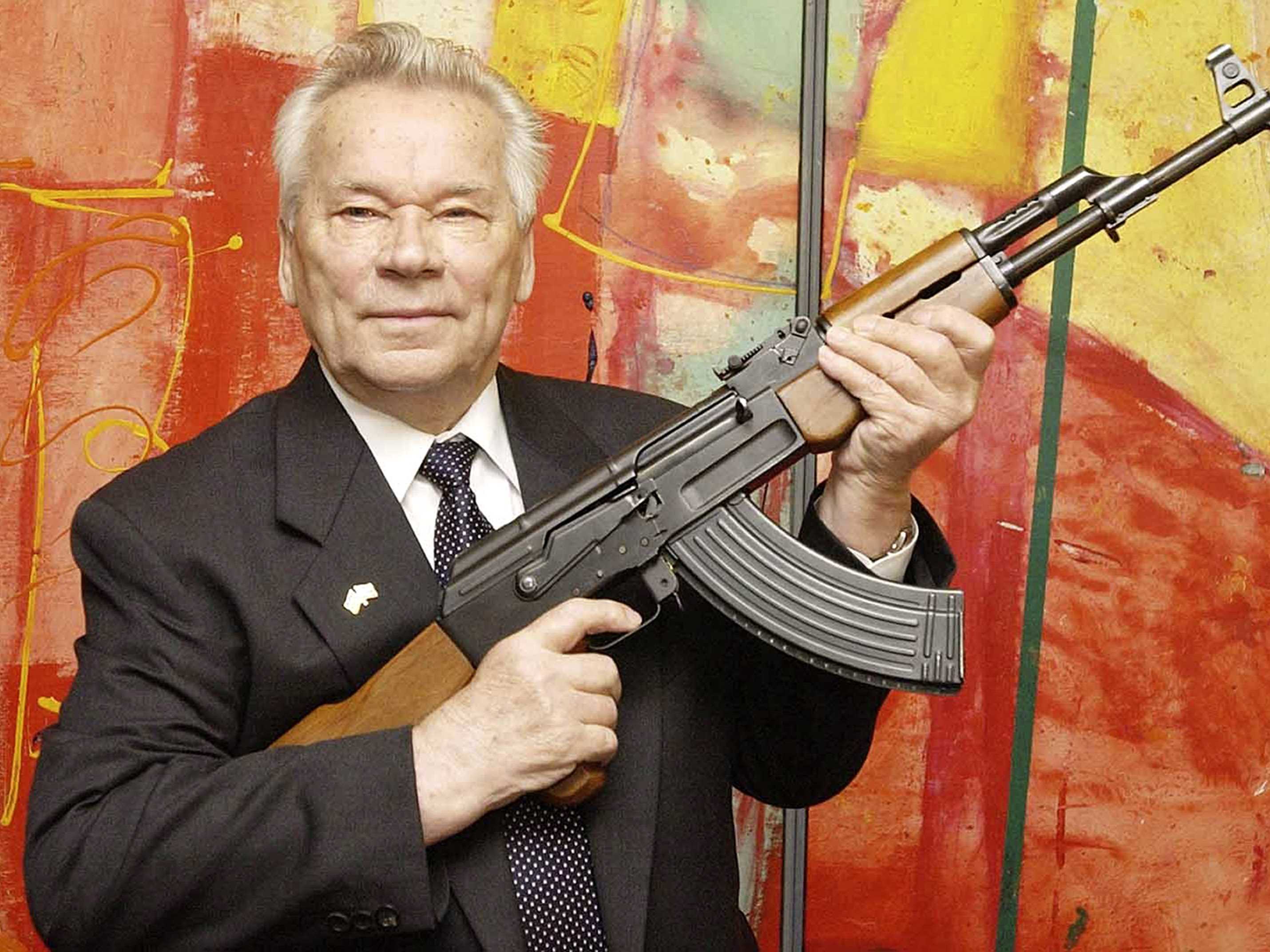
The selective-fire, gas-operated, 7.62×39 mm assault rifle was officially inducted into the Soviet Armed Forces during the World War II. Gradually, it was widely adopted, especially by the member states of the Warsaw Pact. In 1959, Kalashnikov rolled out the newer version of AK, the AKM, with three modernized features - a sheet metal receiver, a slanted muzzle brake, and a hammer retarder.
The sensational AK-47 is indeed a rifle that changed the world. It has played a key role in the history of mankind for nearly seven decades by equally being a part of global terrorism, as well as counter-terrorism operations. The other AK variants followed, but AK-47 still happens to be the most preferred choice worldwide.
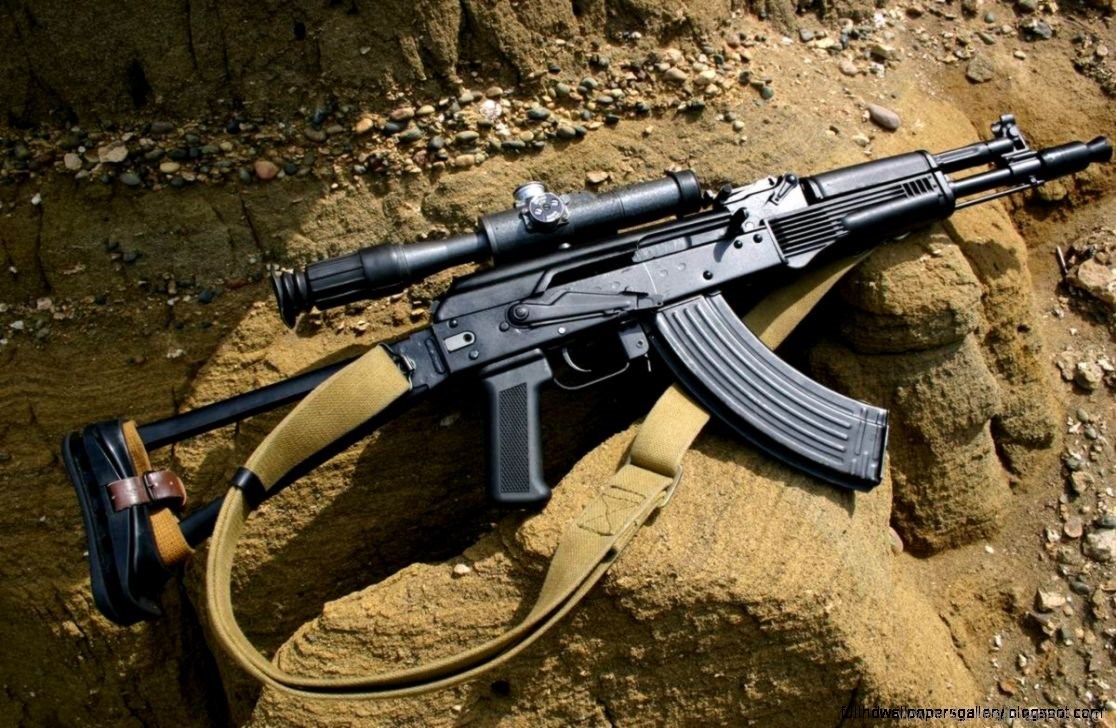
The other Kalashnikov variants include -
AK-74
The AK-74, designed in the early 1970s by Mikhail Kalashnikov, is a refined version of the AK-47, and a replacement for the AKM. The AK-74, unlike the previous 7.62×39 mm chambering of Kalashnikov-weapons, uses a smaller 5.45×39mm cartridge. The premium assault rifle, first put into service by the Soviet forces in 1979, is still used by countries of the former USSR.
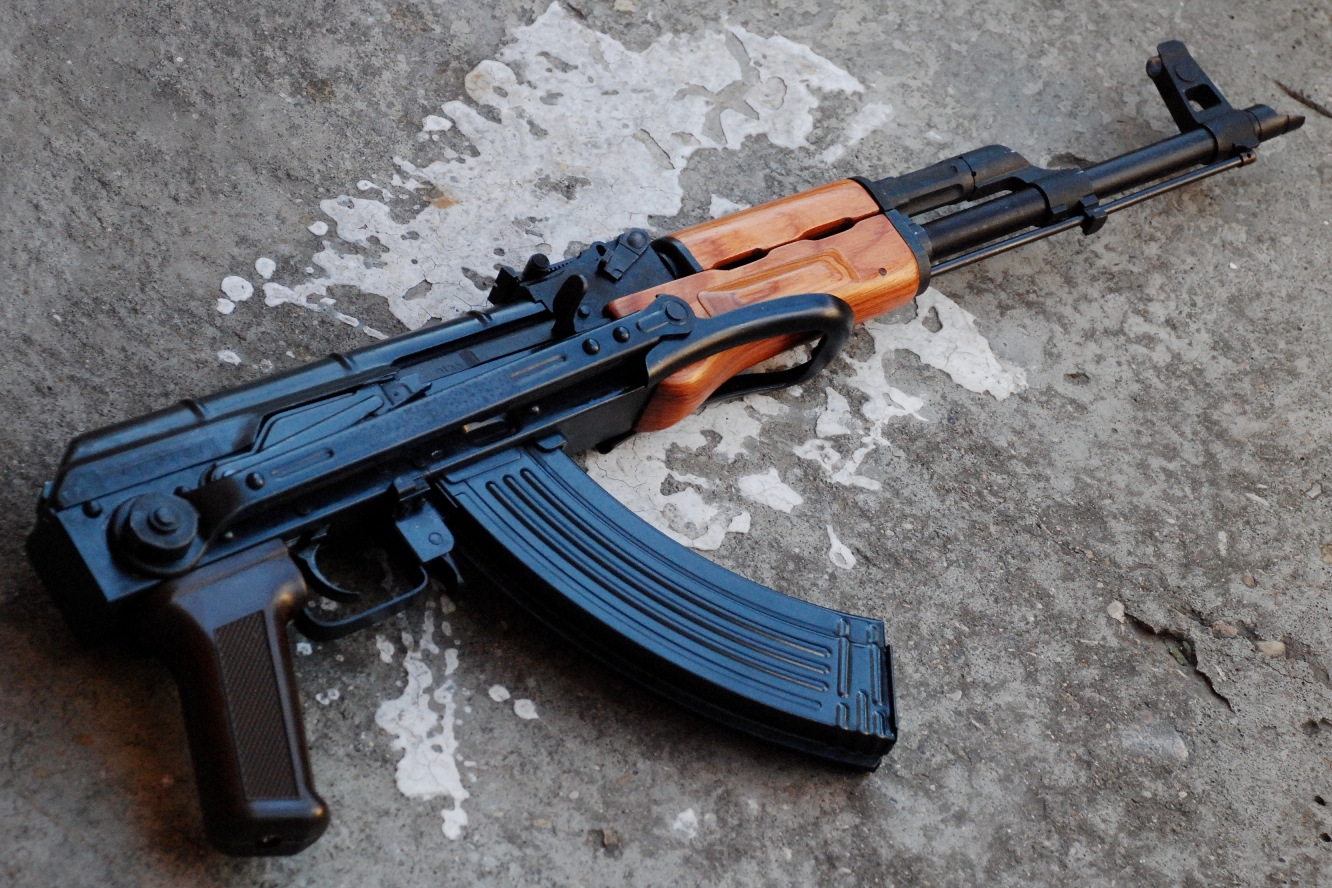
AK-101
AK-101, specifically developed for rugged conditions, meets all the requirements of Special Forces. The top-class assault rifle, a world standard in 5.56 mm, features a base to mount 40-mm under-barrel grenade launcher as well as a side mounting rail for daylight and night sights. AK-101 integrates high-quality plastic made buttstock, forearm, magazine, and pistol grip that can withstand heavy stress.

AK-102
The AK-102, originally derived from the AK-47 design, is a shortened carbine version of the AK-101. Newer AK variants like the AK-104 and AK-105 are very similar to 102 but have slight differences in terms of caliber and magazine style. The high-grade assault rifle, a middle ground between full-size rifles and the more compact ones, is chambered to fire 5.56×45 mm NATO ammunition.
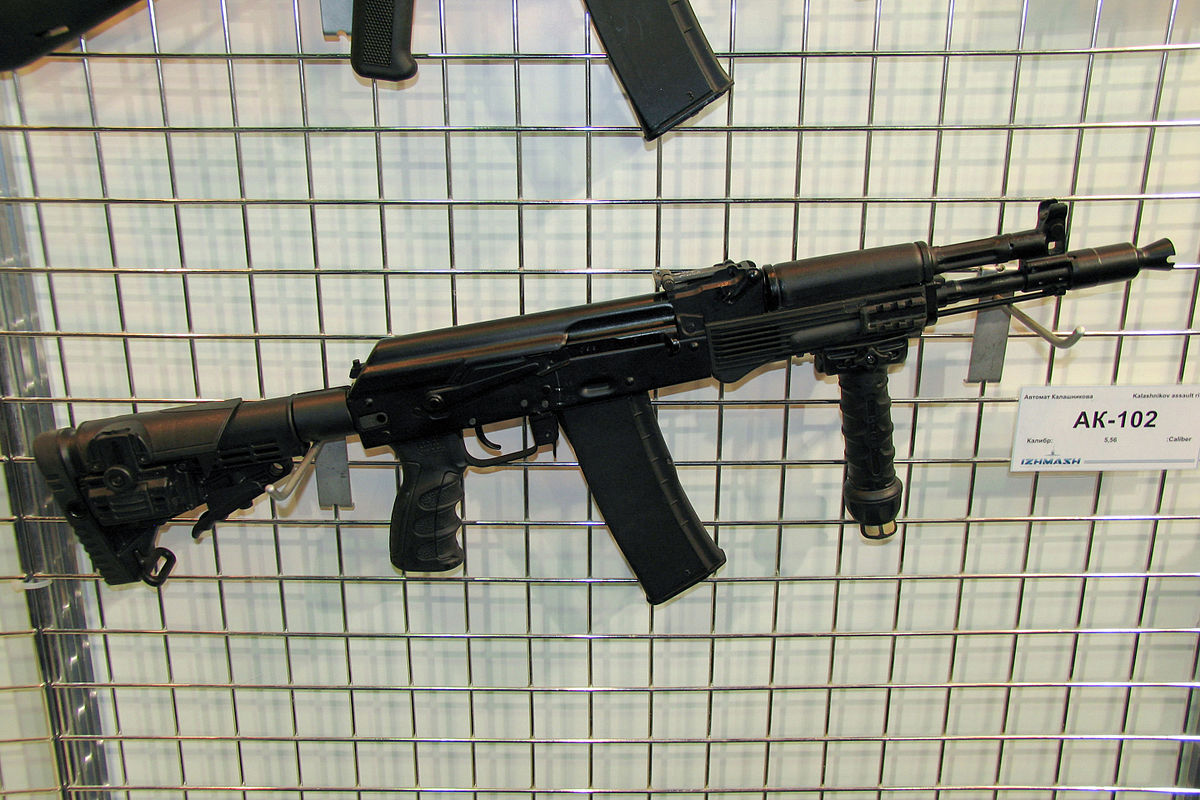
AK-103
AK-103, the third generation of the Kalashnikov rifles, is an upgraded version of the AK-47 and AKM. The rifle features a foldable plastic buttstock, which leverages exceptional convenience during transportation operations. The renowned assault rifle, best in the 7.62 class, incorporates a new muzzle brake, a 40-mm under-barrel grenade launcher, and a mounting rail for optical, collimator or night sights.

AK-104 and AK-105
The AK-104 and AK-105 assault rifles differ from the AK-103 in shortened barrel and flash hider. Both the assault rifles, like their predecessor, include folding buttstock and night sights to ensure seamless usability during operations. All-round test programs and a strict quality control system guarantee superb reliability and highest quality. In addition, the AK-104 and AK-105 also have the ability to fire with folded buttstock.
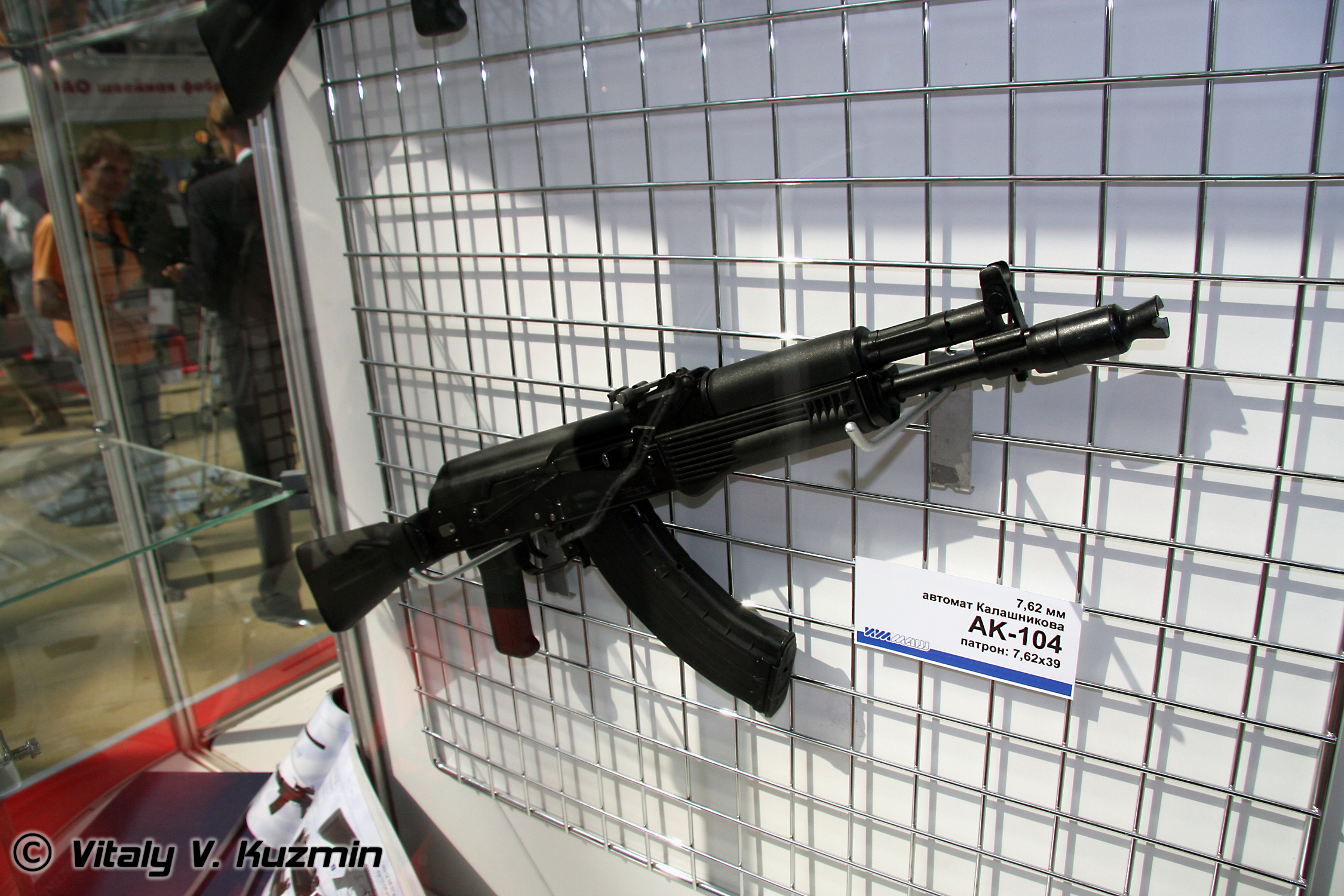
AK-105
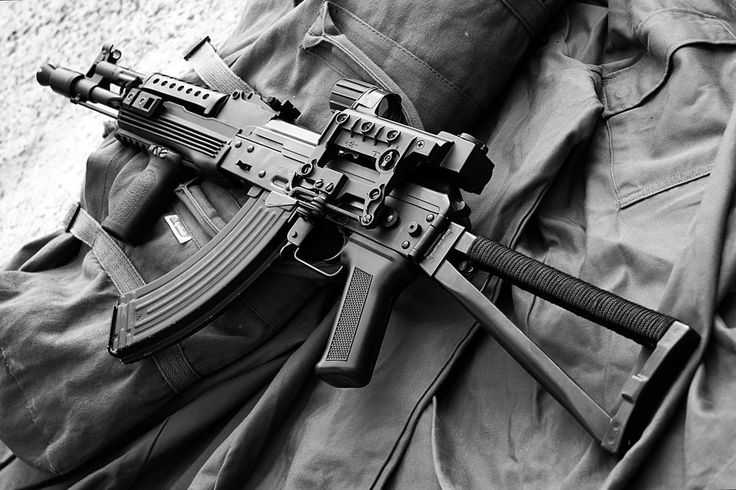
AK-12 and AK-15
The AK-12 and AK-15 are the newest members of the illustrious Kalashnikov family. Designed and manufactured by Izhmash, the 5.45×39 mm AK-12 intends to replace the previous generations of the Kalashnikov 5.45×39 mm series.
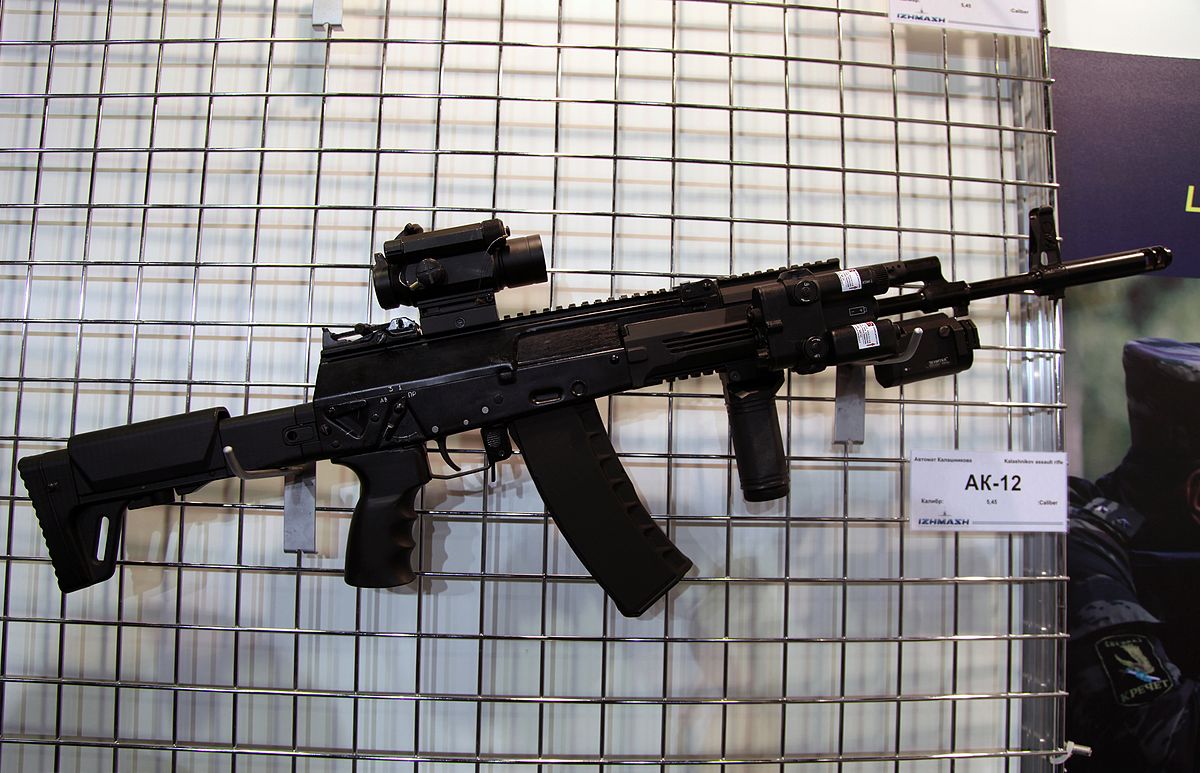
The state-of-the-art AK-15 has been developed by the Kalashnikov Group under the "Ratnik" program. The AK-15 has a firing range of 800 m, a muzzle velocity of 715 m/s, and a firing rate of 700 rounds per minute, with a magazine capacity of 30 rounds. The high-caliber assault rifle, chambered in 7.62×39 mm cartridge, plans to replace the AK-103.

Inventor of AK, Lieutenant-General Mikhail Kalashnikov, died in December 2013, at the age of 94. Kalashnikov was unapologetic about his 'infamous' invention throughout his life, but in May 2012, in a letter to the Russian Orthodox Church, he admitted to feeling "spiritual pain" over the deaths that AK had caused.
Kalashnikov wrote, "If my rifle claimed people's lives, then can it be that I... a Christian and an Orthodox believer, was to blame for their deaths?" "I keep having the same unsolved question."



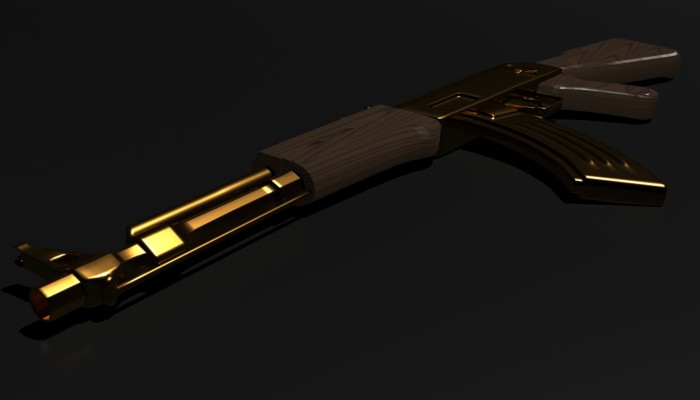



Comments